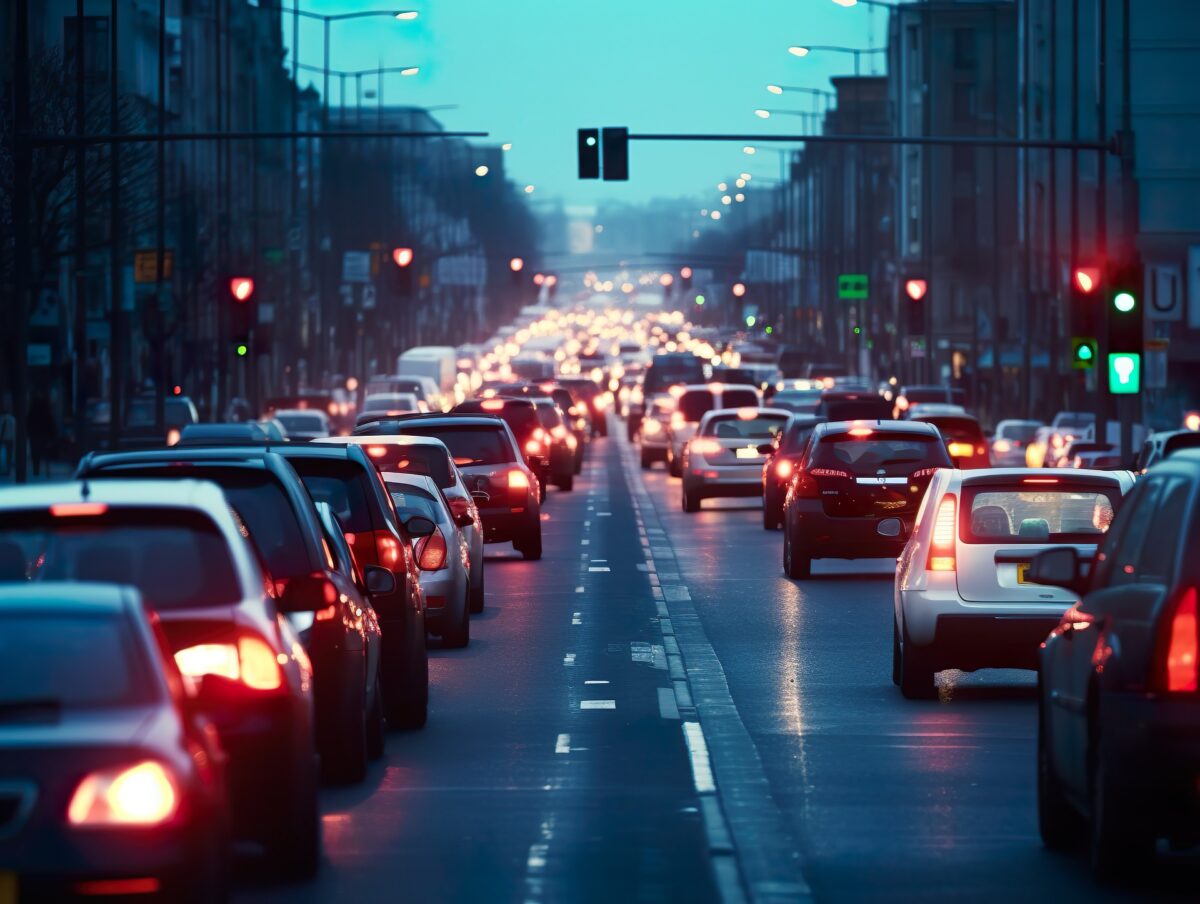As Daylight Savings Time ends, drowsy driving risk increases
This weekend’s conclusion of Daylight Savings Time will increase the risk of drowsy driving as more motorists hit the road in the darkness.

“More crashes happen in the dark,” said Michelle Anderson of the National Road Safety Foundation, a nonprofit group that produces free driver safety materials used in schools and by parents nationwide. Anderson cited National Highway Traffic Safety Administration data that determined roughly 100,000 crashes each year are caused by drowsy driving – and the AAA estimated 21% of fatal crashes involve driver fatigue.
The National Road Safety Foundation is urging drivers to be alert to these signs of drowsiness while driving:
• Difficulty focusing, frequent blinking, rubbing eyes
• Daydreaming or not remembering the last few miles driven
• Head snaps and yawning
• Drifting out of your lane, tail-gating or hitting rumble strips
If you experience any of these warning signs, pull over safely and take a break. If you have a cup of coffee or a caffeinated snack, allow 30 minutes for caffeine to enter your bloodstream. Some common remedies like blasting the radio or opening the car windows are not effective at avoiding drowsiness while driving.
“We’ve seen too many examples of people trying to make it those last few miles when fatigued, only to crash a block from home,” said Anderson. “Don’t try to tough it out.”
As for passengers with a drowsy driver, Anderson stated, “Don’t worry about being considered a back-seat driver – speaking up about any risky behavior, whether it’s drowsiness or speeding or distraction can save lives.”